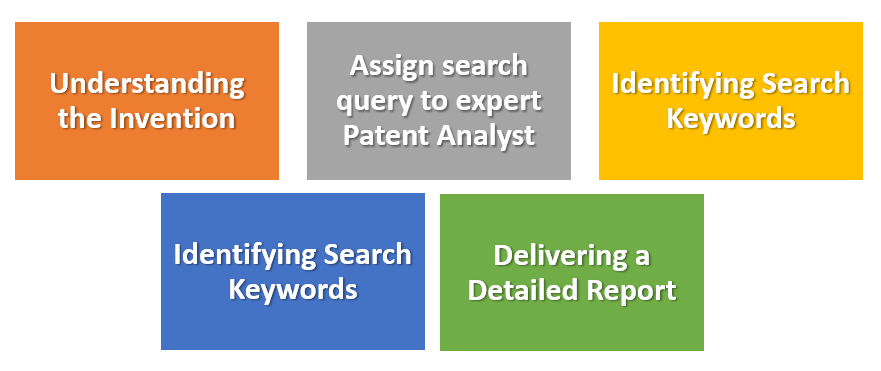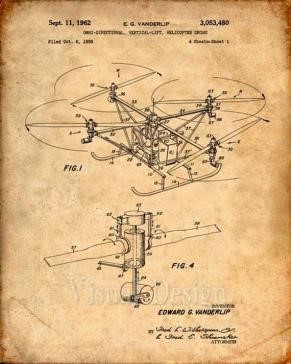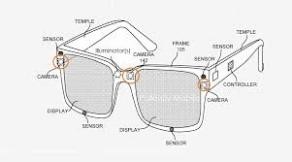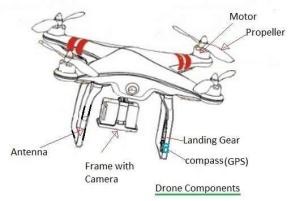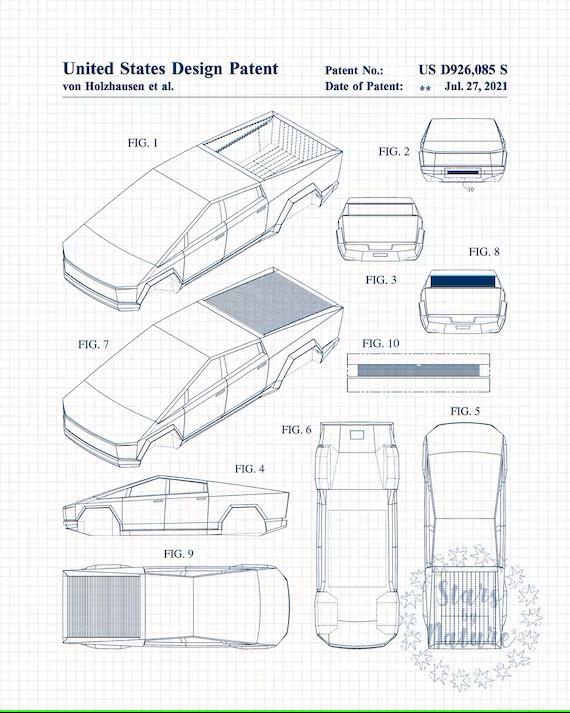What is Prior Art Search?
Prior-Art Search is a crucial step in the patent process that involves investigating existing inventions, patents, publications, and other publicly available information to determine whether an invention is novel and patentable. Prior art includes any evidence that an invention is already known before a patent application is filed. This search helps inventors, startups, and businesses assess the uniqueness of their innovation and avoid potential infringement risks.


